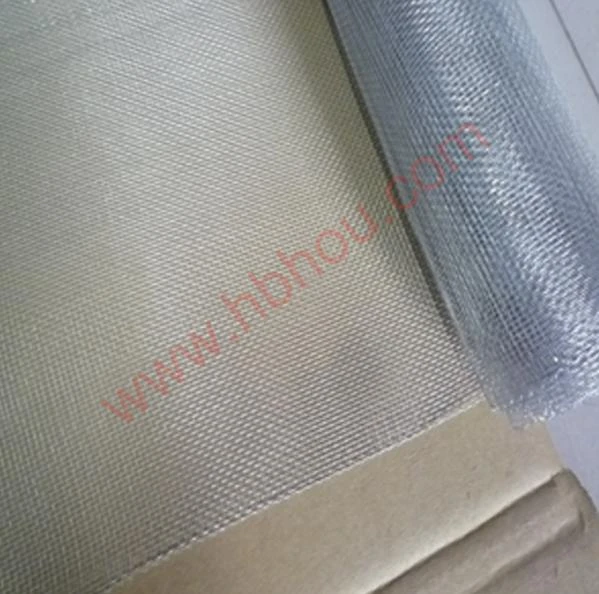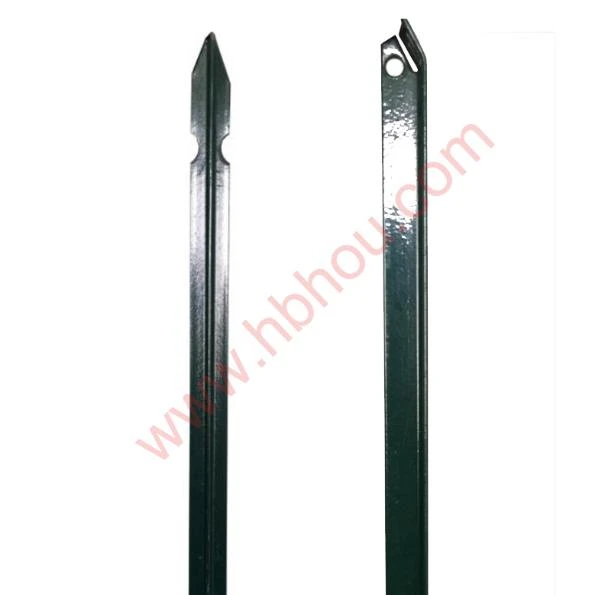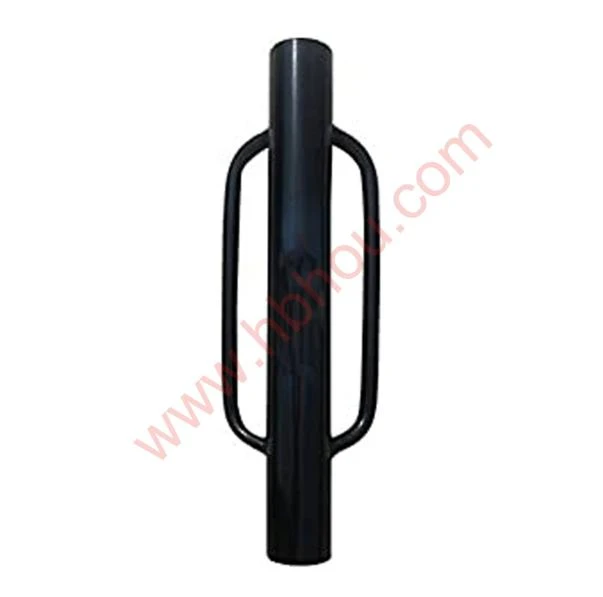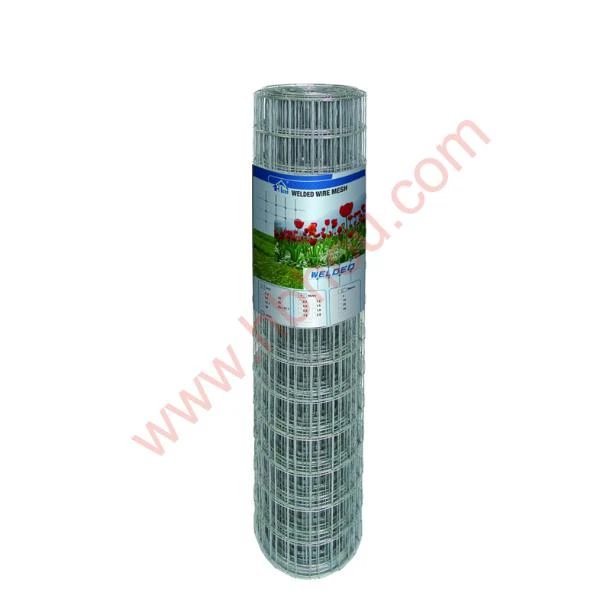Understanding the Power Pole Anchor An Essential Component for Stability and Safety
In the realm of construction, utility infrastructure, and outdoor activities, the power pole anchor plays a crucial role in ensuring the stability and safety of structures. From supporting electrical poles that carry high-voltage power lines to providing anchorage for flagpoles and other tall installations, power pole anchors facilitate a wide array of applications. This article delves into the significance of power pole anchors, their types, installation processes, and applications.
Importance of Power Pole Anchors
Power pole anchors serve as critical safety devices that secure poles in place, preventing them from tipping over or shifting due to environmental factors such as wind, soil erosion, or seismic activity. Without effective anchorage, power poles can become hazardous, leading to power outages, equipment damage, or accidents that could endanger lives. By ensuring that these structures remain steadfast, power pole anchors significantly contribute to the reliability and integrity of power distribution systems.
Types of Power Pole Anchors
Power pole anchors come in various designs and materials, each suited for specific applications and environmental conditions
. The most common types include1. Concrete Anchors Often used for high-voltage power poles, concrete anchors are typically installed in various shapes, such as cylindrical or block forms. They provide excellent weight-bearing capacity, making them ideal for areas prone to high winds or heavy snowfall.
2. Helical Anchors Featuring a screw-like design that allows them to be driven into the ground, helical anchors are particularly effective in loose or unstable soil. They provide superior holding power, making them suitable for supporting not just power poles but also other large structures like cellular towers.
3. Wooden Stakes In certain less demanding scenarios, wooden stakes can serve as effective anchors for smaller poles or temporary installations. However, they may not be suitable for long-term applications where the stability of the support structure is critical.
4. Auger Anchors Similar to helical anchors but utilizing a different installation technique, auger anchors screw into the ground and offer high resistance to pulling forces, making them ideal for use in steep or challenging terrains.
power pole anchor
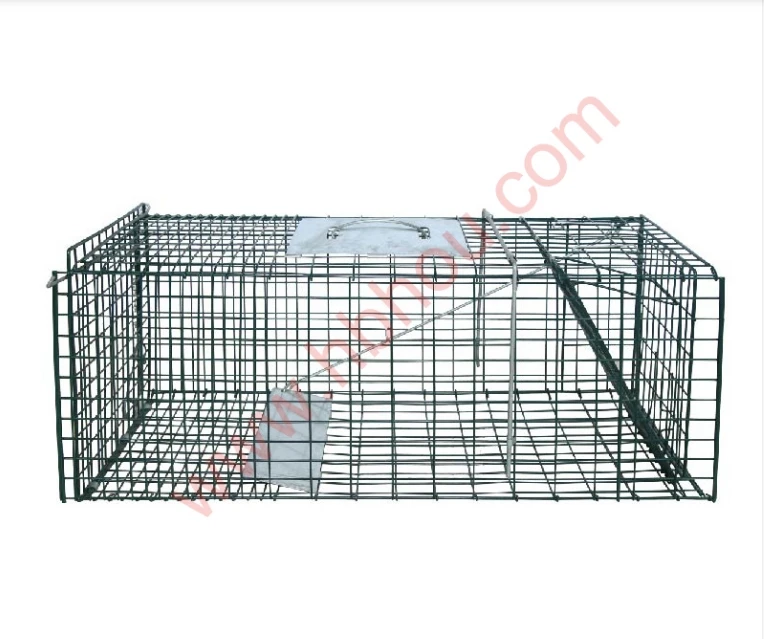
Installation Process
The installation of power pole anchors requires careful planning and adherence to safety standards. Here is a general overview of the steps involved
1. Site Assessment Before installation, it is essential to evaluate the site conditions, including soil type, moisture levels, and environmental factors, to determine the most appropriate anchoring method.
2. Selecting the Anchor Type Based on the site assessment, choose an anchor type that aligns with the stability required for the power pole and the specific conditions of the installation site.
3. Excavation If necessary, excavate the area where the anchors will be placed. This step is crucial for larger anchors that require a deeper foundation for effective load dispersal.
4. Installation Depending on the anchor type, follow the recommended installation procedures. Concrete anchors may require pouring and setting, while helical and auger anchors need to be driven into the ground using equipment designed for that purpose.
5. Inspection After installation, it's important to inspect the anchors and the overall stability of the pole. This final step ensures that the installation meets safety regulations and can withstand environmental stresses.
Applications
The applications of power pole anchors are diverse, ranging from utility companies that rely on them for power distribution to construction projects needing tall structures for signage or lighting. Even in recreational settings, such as campsites with flagpoles or light fixtures, these anchors play a vital role in maintaining stability.
In conclusion, power pole anchors are indispensable components in many structures that require steadfast support. Understanding their importance, types, and installation processes not only enhances safety but also promotes the longevity and reliability of installations. As infrastructure continues to expand and evolve, the role of power pole anchors will remain integral to supporting advancement while ensuring safety and stability.









